Aluminum / Titanium / Carbon Steel Electrical transition joints for cathodic junctions
Aluminum-steel clad plates are often subjected to high temperatures and long-term effects during use (for example, they are used as anodes and cathodes in electrolytic smelting devices). Under these conditions, FeAl3 and Fe3Al5 intermetallic compounds are produced on the interface between aluminum and steel during welding, which will reduce the bonding strength. Therefore, using titanium as the intermediate layer can reduce the interfacial intermediate compounds and increase the strength of welded joints. Aluminum / Titanium / Carbon Steel Electrical transition joints for cathodic junctions still have reliable stability when they are used for a long time at 400 ℃. The bonding strength and conductivity of Aluminum / Titanium / Carbon Steel Electrical transition joints manufactured by Clad remain unchanged when the service temperature reaches 450 ℃.
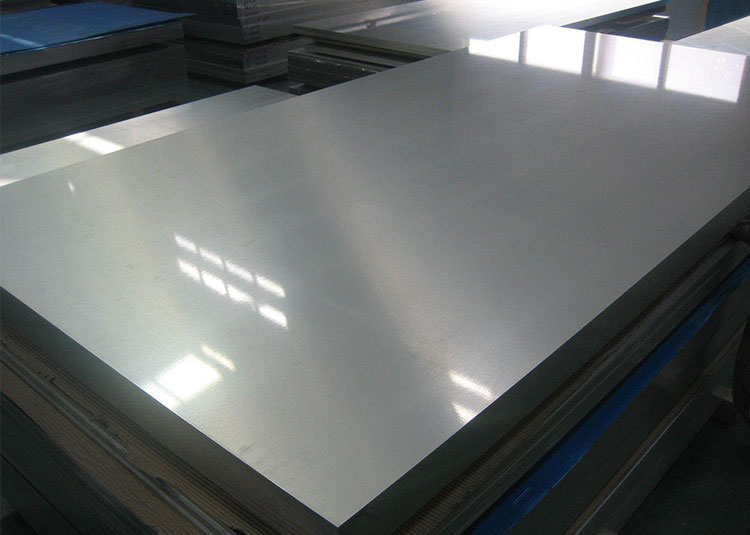
Aluminium Sheets
View Details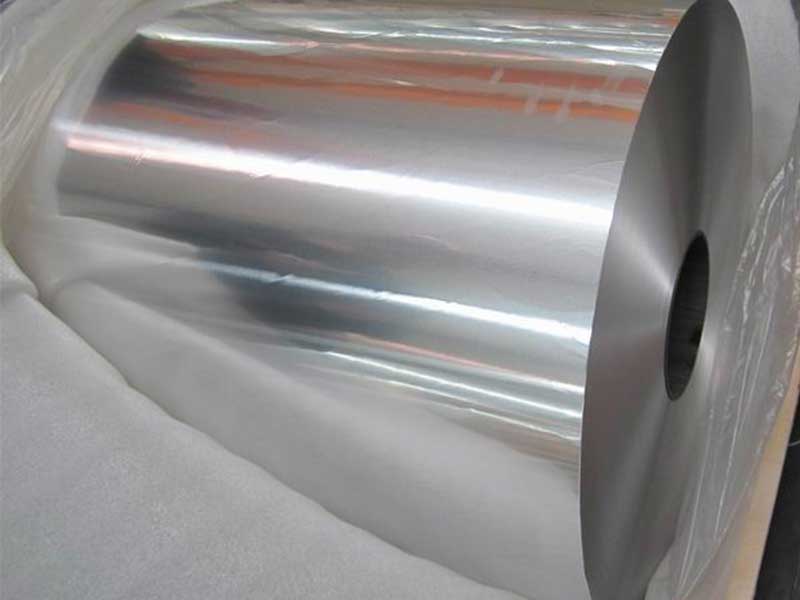
Aluminium Coils
View Details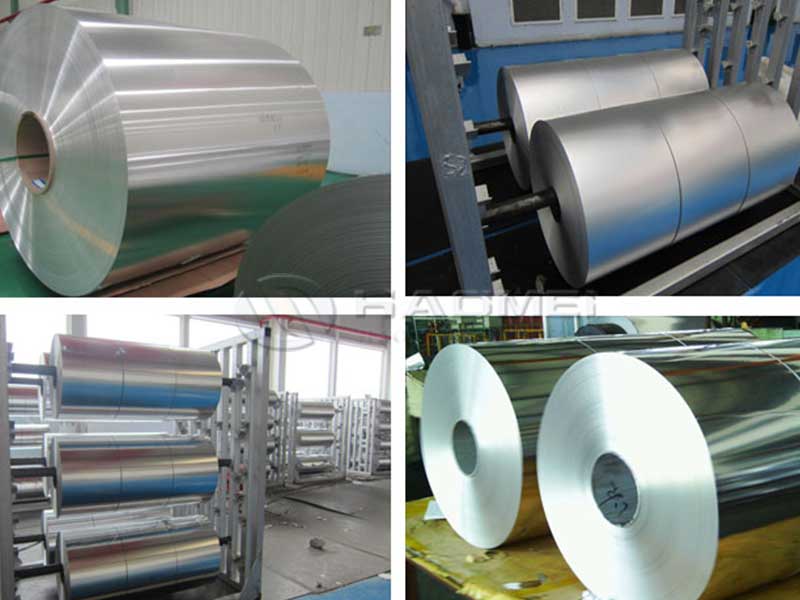
Aluminium Foils
View Details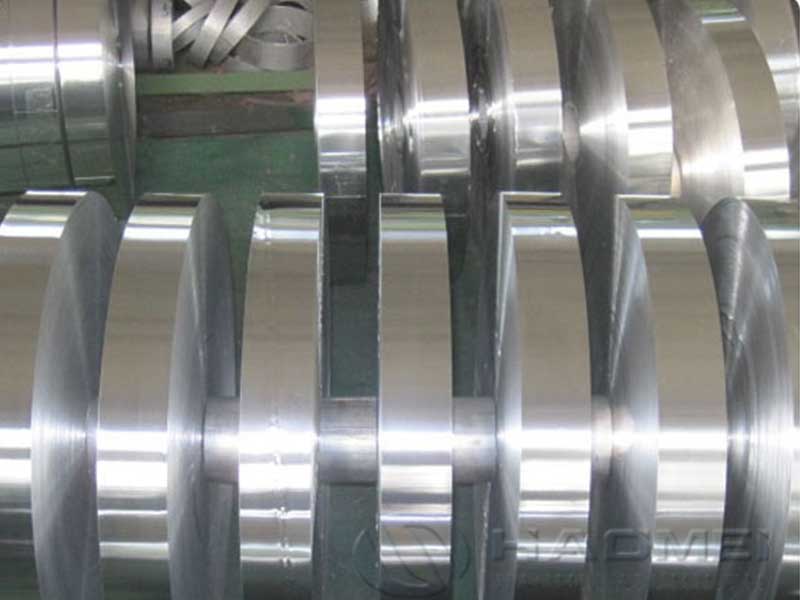
Aluminium Strips
View Details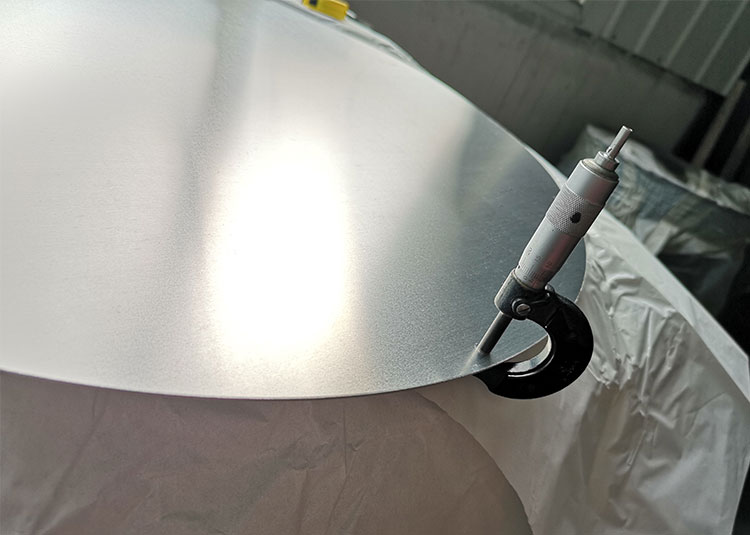
Aluminium Circles
View Details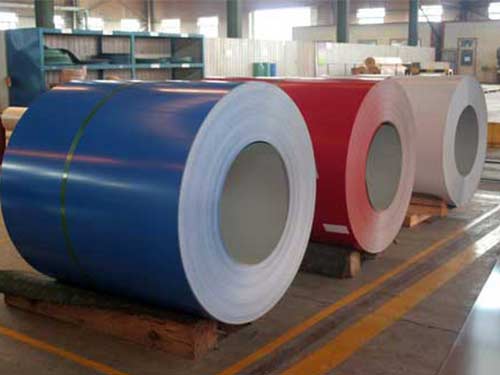
Coated Aluminium
View Details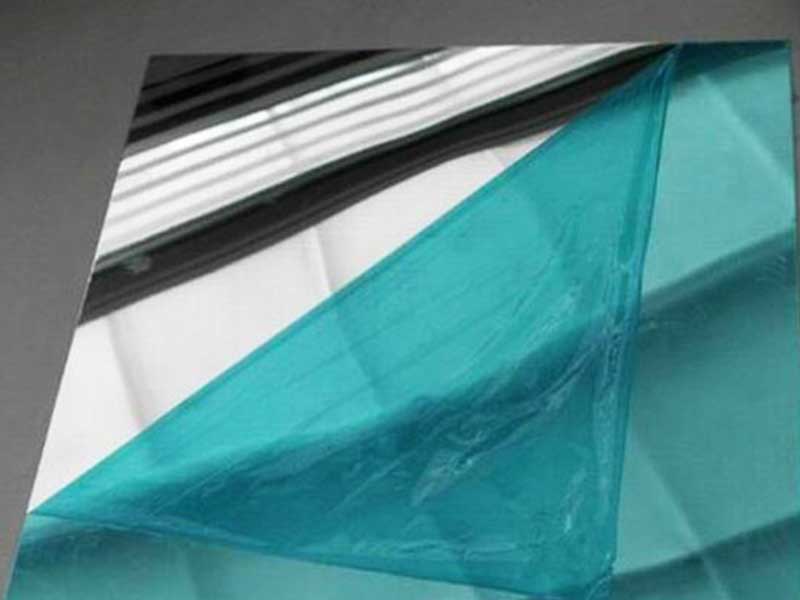
Mirror Aluminum
View Details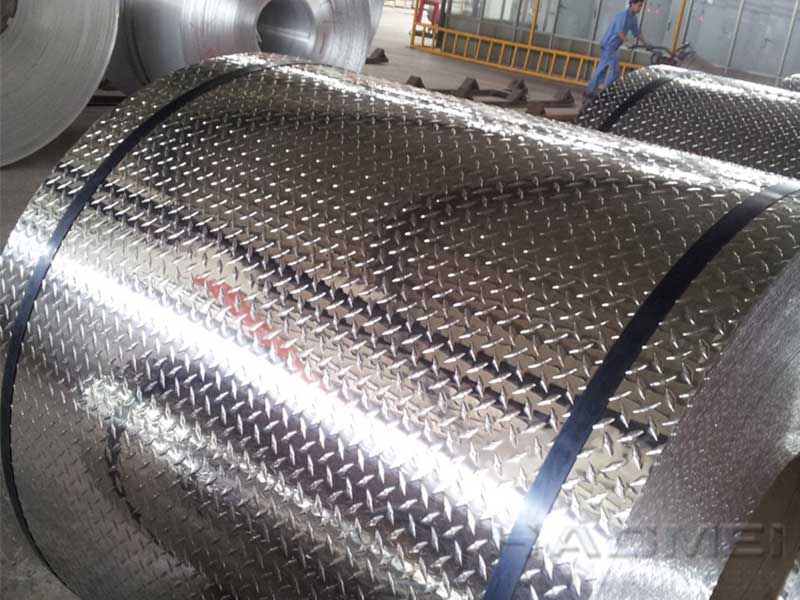
Stucco Embossed Aluminum
View DetailsSteel
- Titanium Stainless Steel Clad...
- explosion welding aluminum ste...
- aluminum clad steel plate
- copper clad steel plate sheet
- Copper steel clad coil strip f...
- Characteristics of explosive c...
- Copper clad steel plate for co...
- New anode steel claws for elec...
- Steel aluminum transition join...
- Titanium aluminum steel clad p...
- Copper steel explosive bonded...
- Stainless steel clad plate
- Welded Anode Steel Yoke
- Monel carbon steel clad plate
- Copper clad stainless steel pl...
- Pre-baked anode steel claw pro...
- Research on Effect of Steel Sh...
- Brass copper clad steel sheet...
- Explosion welding titanium ste...
- stainless steel aluminum clad...